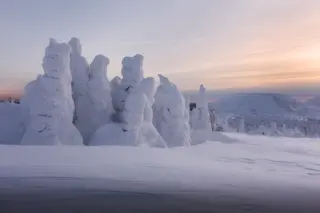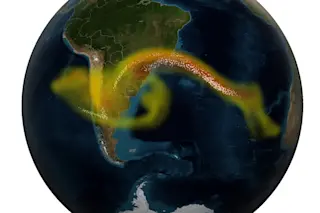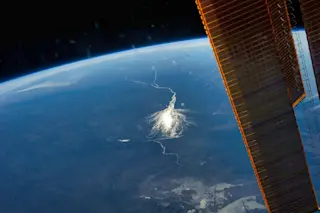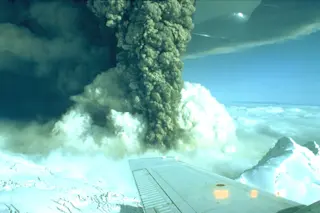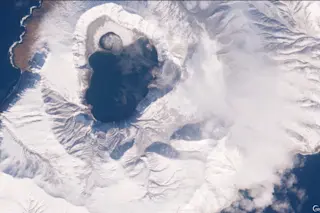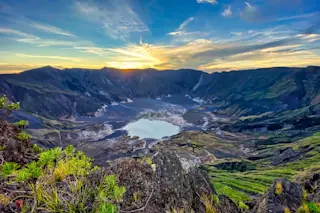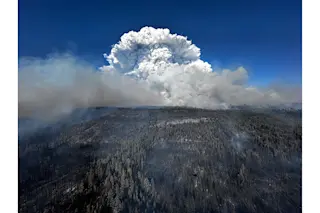In the wintry Ural Mountains in 1959, rescuers found the bodies of nine Russian hikers strewn across the landscape. The search team had been sent out after the group of travelers had failed to show up at their planned destination more than a week earlier. As the rescuers uncovered all the evidence, they grew more and more perplexed — and the strange circumstances and bizarre constellation of evidence at the site has prevented anyone from definitively announcing a cause of death to this day, more than 60 years later.
The Dyatlov Pass Incident, as it is now known, has inspired a plethora of conspiracy theories, like yetis or military experiments run amok, and even copycat expeditions. Nobody has a conclusive answer, despite decades of scrutiny. But new research published in Nature aims to explain their deaths by looking at the mountains’ topography and simulating weather dynamics to come to a ...


